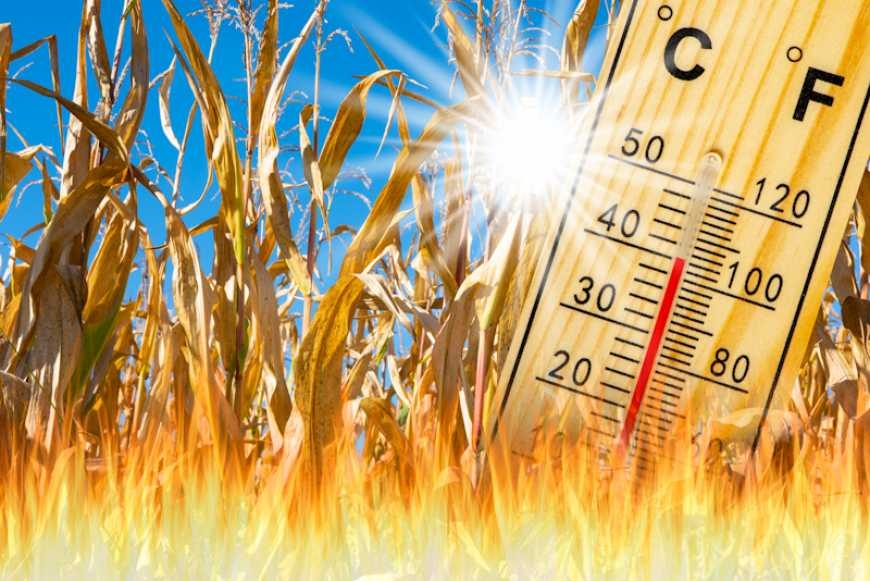Heat in the US, rainfall deficit in the Black Sea region, and favorable rains in Australia will affect grain and oilseed markets in the coming weeks

A heat wave is expected in the Midwest and Plains early next week, with temperatures above 30-35 degrees Celsius, which could add stress to crops that have been experiencing a lack of rainfall. However, a few cyclones could bring rain, showers and cooler temperatures later in the week.
Weather in the main growing regions of the US remains very favorable for the crop, which was confirmed by USDA experts, increasing the estimate of the corn harvest by 26 million tons to a record 425 million tons.
The Canadian prairies have seen heavy rains this week, which have benefited late crops but have had a negative impact on early harvests. In eastern regions where canola fields have been experiencing dry conditions, rainfall will not improve yield potential. More rain is expected next week, which will again slow harvest and reduce quality.
Dry and hot weather is expected across much of Europe this week and next, allowing for the completion of early grain harvests, but will put pressure on corn and soybeans and could reduce yield potential. Hot and dry conditions over the next two weeks will not be conducive to optimal winter rapeseed sowing, but scattered rainfall is expected in some regions.
This week, dry and warm weather has set in in Ukraine, which is conducive to completing the harvesting of early crops and sowing of winter rapeseed, but the lack of precipitation throughout the territory will not allow for quick germination, although moisture reserves in the west are still sufficient.
In southern and eastern Ukraine, drought continues to reduce the yield potential of late crops and delay the sowing of winter rapeseed, as no precipitation is forecast in the next 10 days.
In the southwest of the Russian Federation, the weather also remains dry and hot, which reduces the potential for corn and sunflower harvests, but in the central regions and in the east, the weather is conducive to the development of late crop harvests.
Another wave of rainfall has passed through Western Australia this week, which will improve the condition of winter crops that have resumed vegetation after winter. In the east, rainfall is less, but its intensity will increase next week.
Rainfall is increasing in the arid regions of central China, with another cyclone expected there next week, bringing rainfall that should improve the condition of corn and soybean crops. In other growing regions of China, weather conditions remain favorable for the crop.


